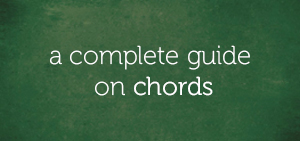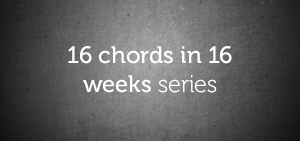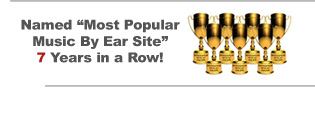The Anatomy and Parts of a Guitar
A new guitar player first and foremost needs to become familiar with all the parts of his instrument before she or he starts to learn to play. Now different types of guitars may have additional parts but the basic parts will remain the same for across the board.
The three main parts of a guitar are the body, the headstock and the neck.
The headstock is also known as the peghead and is located at the top of the guitar. The headstock can be attached at an angle or flat so that it forms a plane in sync with the neck of the guitar.
The straight long portion that is present between the headstock and the body is known as the neck.
And the entire lower portion of the guitar is known as the body. It is here that a major part of activity takes place when the guitar is in use.
The other parts that constitute the guitar are tuners, the nut, frets, the bridge and the guitar strings.
The tuners are also known by a variety of names. Out of the many, tuning pegs and tuning keys are the most popular. The tuners are placed along the headstock of the guitar in 1 out of the 3 typical configurations.
The small piece that is present between the neck of the guitar and the headstock is known as the nut. This may look like a small piece that is not important but it actually serves two critical functions.
The frets of the guitar are placed along the body of the guitar in equal spaces. The frets can be small, raised metal bars or even simple lines that are marked on the neck of the guitar.
The point where the strings attach to itself to the lower end of the guitar is known as the bridge. The bridge is located on the body of the guitar.
Lastly, but most important are the guitar strings. These are important because without the strings, the guitar would not be able to produce any music.







Comments on this entry are closed.